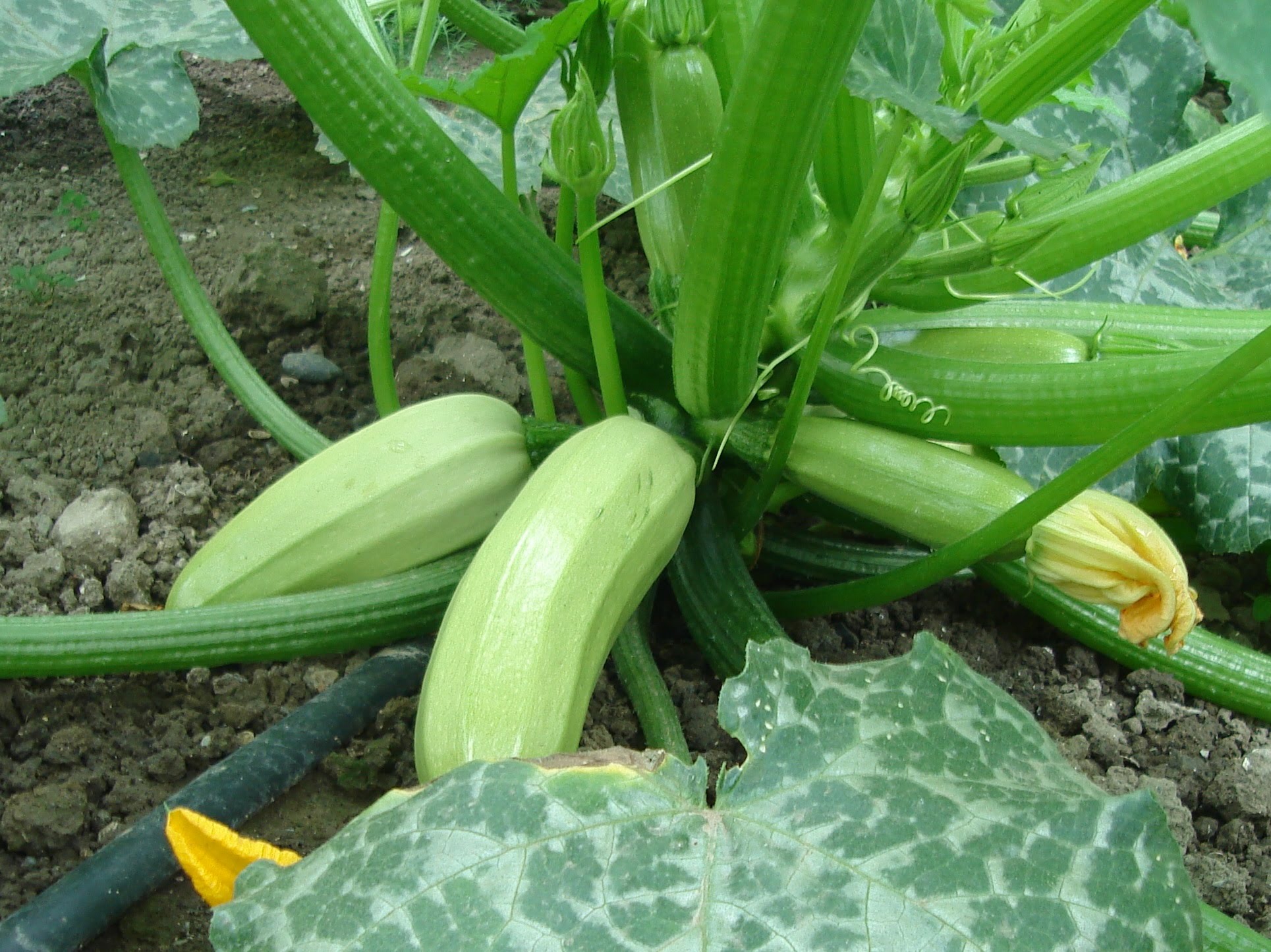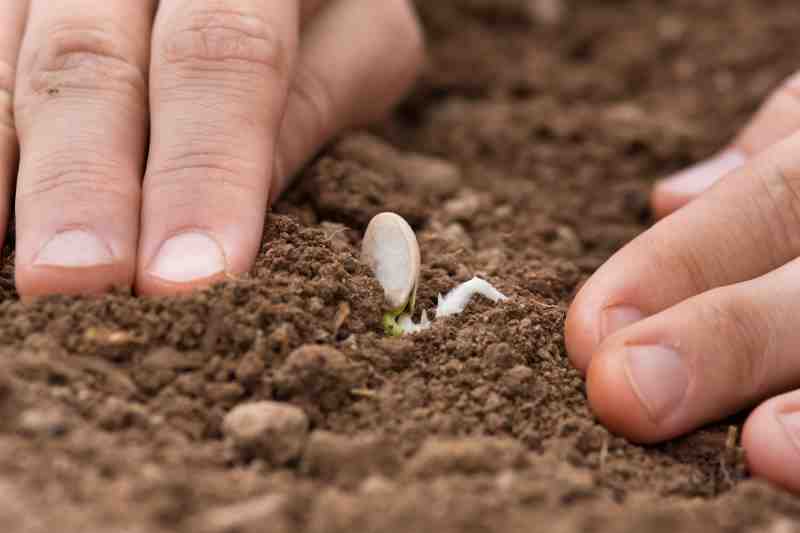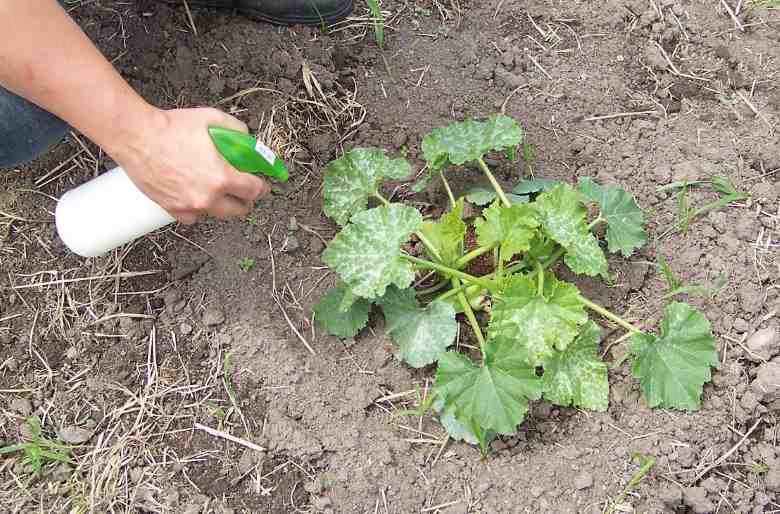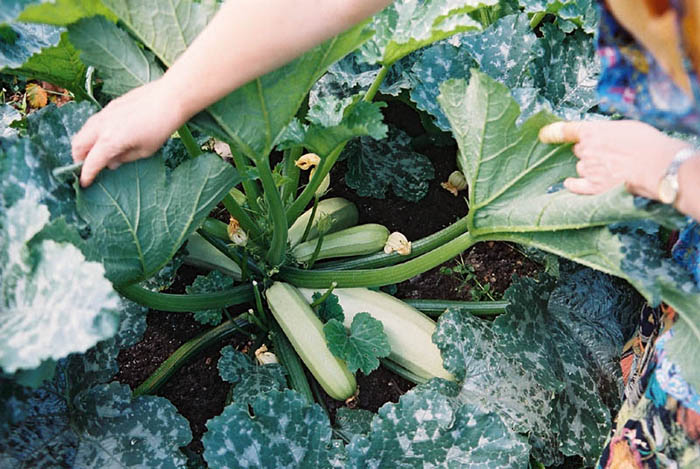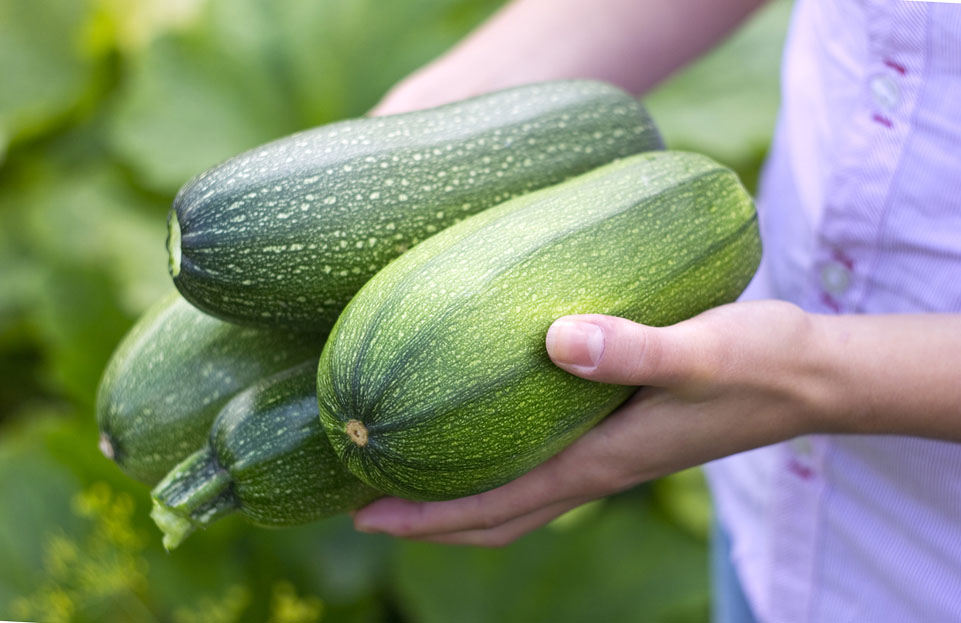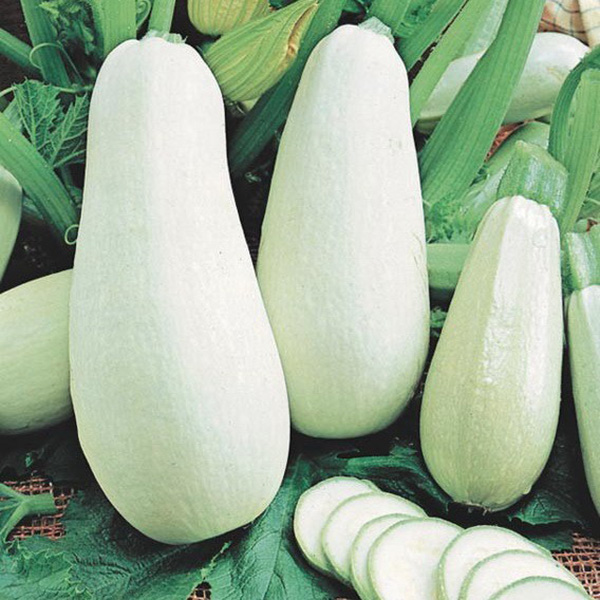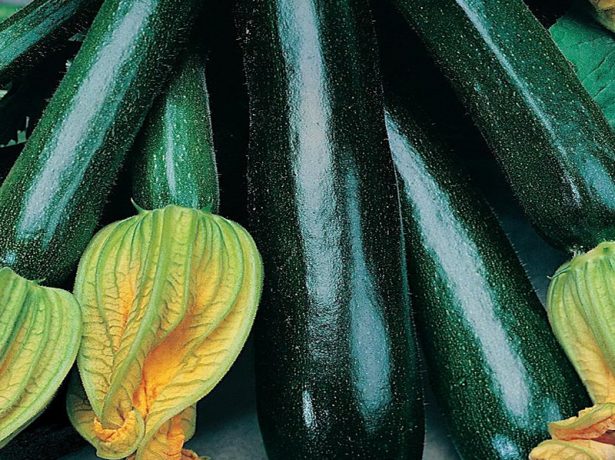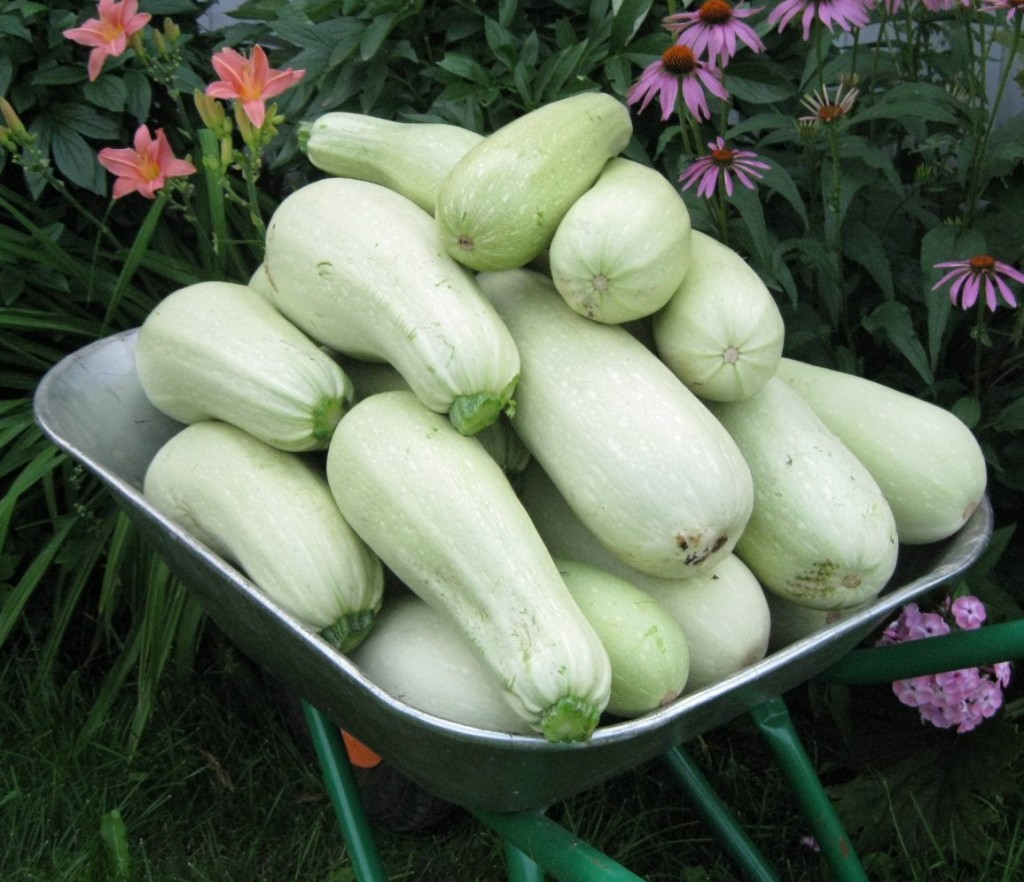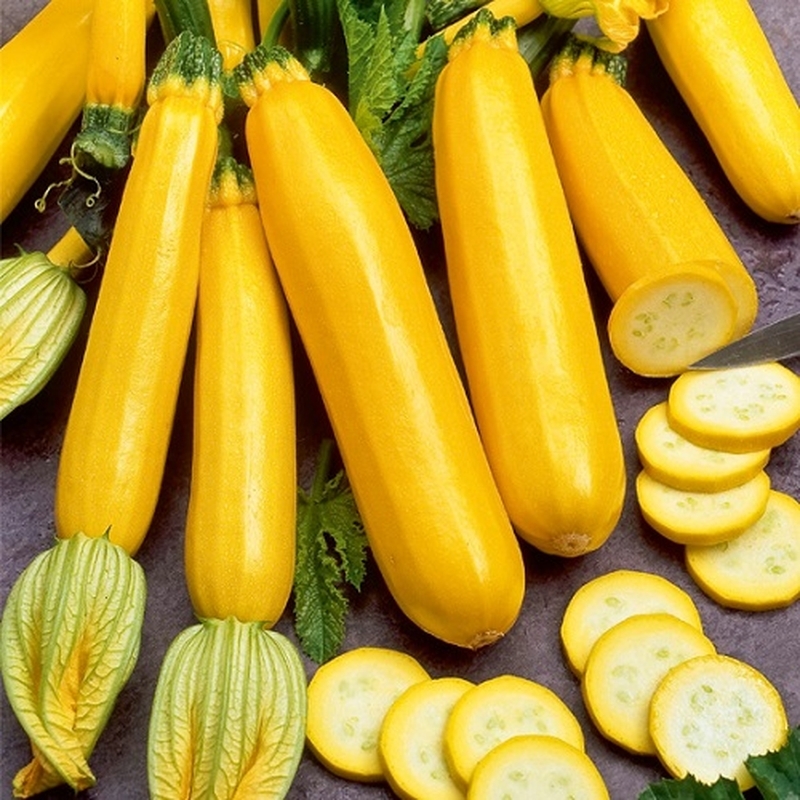Content:
Iskander F1 marrow was bred by breeders from Holland. The fruits ripen early, they have a pleasant delicate taste. Can be planted on the site and in greenhouses, greenhouses. It is easy to care for and high yields. Included in the State Register of Breeding Achievements of Russia in 2006.
Description and characteristics of the Iskander F1 variety
Iskander F1 early squash. From the emergence of the first shoots and until the collection of zucchini takes about 40 days. But the fruits can be tied up to frost. Collect 17 kg per bush.
Bushes are powerful but compact. The foliage is dark green, spotted. Fruits are cylindrical, narrow, up to 15–20 cm long. The skin is smooth, ribbing is weak. Near the stalk, the vegetable is somewhat narrowed. The peel is greenish, with many veins and specks on it.
Fruit weight 480–640 g. The pulp is firm, creamy white. The taste is excellent. Fruits can be stewed, fried, pickled, salted.
Advantages
Iskander zucchini have undoubted advantages:
- the variety is resistant to some diseases, to dry weather;
- parthenocarpic;
- early;
- fruits of excellent taste, they contain many vitamins and useful elements;
- stored for a long time.
Landing
It is required to select a site with light fertile soil that has neutral or weak acidity. Groundwater should not be high, otherwise the roots will rot. The best predecessors of culture are onions, carrots, beets, tomatoes.
In the fall, you must first pull out the weed, if the ground is heavy, sour, then add fluff lime or dolomite flour. This should be done 1–2 weeks before fertilizing. Spread 4–7 kg of rotted manure per 1 m2 of land. You should also dust the ground with 200 g of ash (instead of ash, you can scatter 40-50 g of superphosphate and 20-30 g of potassium sulfate) and dig up the soil.
If the soil is heavy clay, it is necessary to add sawdust and sand, if the soil is sandy, then add humus and peat.
Seeds can be sown on an open area in late May or early June. Plants can be planted in greenhouses and hotbeds from early April. If planted too late, the shrub will grow slowly. And the fruits will become tied if there is no heat. But sowing too early can cause the bushes to freeze.
Landing scheme
It is recommended to dig holes in a checkerboard pattern, making an indent between them of 60 cm. If the soil was not fertilized in the fall or 14 days before sowing the seeds, a handful of humus should be poured into each hole.
When sowing seeds for seedlings at home, it is best to sow in peat cups, since the roots are very delicate and can be damaged during transplantation. Seedlings can be sown for seedlings already at the beginning of March, then at the beginning of April the seedlings need to be transplanted into a greenhouse or greenhouse. If the seedlings are weak, it is advised to place 2 seedlings in each hole, in case one dies.
Growing
It is necessary to water the bushes once every 10 days. For 10 m² of plantings, you need to pour a bucket of water (10 l). After each watering, you need to loosen the soil to a shallow depth.
Don't forget to pull out the weeds.
When growing, the bushes are fertilized 3-4 times per season.
The first time you need to fertilize, when the seedlings have 2-3 true leaves. You can use organic matter or complex fertilizers. For example, pour 0.4 kg of manure, 15 g of nitroammofoska into a bucket of water, mix. It is necessary to feed after abundant watering, 1 liter of solution should be poured under the bush. This top dressing can be replaced with another - add 25 g of nitrate, 35 g of superphosphate and 20 g of potassium sulfate to a bucket of water.
After planting seedlings in the ground, the first time you need to fertilize a week after placing the seedlings in the ground. You can also mix such a fertilizer: 500 g of poultry manure or 1000 g of cow dung placed in a bucket of water, stir, ferment, then pour 1 liter under 1 plant. Or make a fertilizer from yeast, pour 100 g of baker's dry yeast into a bucket of clean water, add a few tbsp. tablespoons of granulated sugar, leave for a while to ferment the composition, then pour 1 liter of solution under 1 bush.
Another top dressing recipe is to fill a ½ bucket with nettle greens, add water to the top. Then wait half a month for the composition to ferment. Then pour another 10 liters of clean water into each liter of the resulting composition, add 50 g of ash and pour 1 liter under the bush.
The second time you need to feed when the buds begin to bloom in the plants.
When the fruits begin to set massively, the bushes can be fed for the third time with all 3 elements: nitrogen, phosphorus and potassium. For example, it is recommended to pour 45 g of nitrophoska into a bucket of water and pour 1 liter of solution under 1 bush.
Feeding through leaves is also possible. This is done if the bushes lack useful elements, they grow and develop very poorly. 1 glass of Biohumus is diluted in a bucket of water. If it is hot and the zucchini is not tied in any way, you can make a solution from a bucket of water and 20 g of the Bud preparation. The composition is sprayed over the foliage in the evening.
If the ovaries and flowers fall off, 2 g of boric acid and 2 g of magnesium sulfate are poured into a bucket of water. And after the solution in the evening, you can spray the bushes, trying to get on the foliage and stems.
Pests and diseases
Spider mites usually appear on the back of the leaves, causing them to dry out. To eliminate parasites, an onion infusion should be made. You need to grind the onion in a meat grinder to get a glass of gruel. Add Art. a spoonful of pepper, 2-3 tbsp. ash spoons, 1 tbsp. a spoonful of soapy water. Add 10 liters of water, strain, spray.
When attacked by the melon aphid, the foliage dries up, it curls up, falls off. To destroy pests, the bushes are sprayed with a solution of karbofos.
When a whitefly appears, it is required to spray the plantings with a solution of 1 ml of Confidor and a bucket of water.
Anthracnose occurs from fungi, and specks appear on the foliage. The disease is required to spray the bushes with a solution, adding 100 g of colloidal sulfur to a bucket of water.
Powdery mildew can be found by whitish specks on foliage. Also treated with a solution of colloidal sulfur.
White mosaic is detected by pale yellow spots on the foliage. It is not treated; all diseased plants must be dug up and burned.
Collection and storage of fruits
You need to collect zucchini of this variety 1 time in 14 days, but you can also more often. This is done when the fruits are at the stage of technical ripeness. It is required to harvest on a day when there is no rain, after waiting for the dew to dry. Zucchini can be placed in the refrigerator or prepared from them a variety of dishes, canned, dried.
If you need disease and drought resistant squash, Iskander F1 is an excellent choice.
